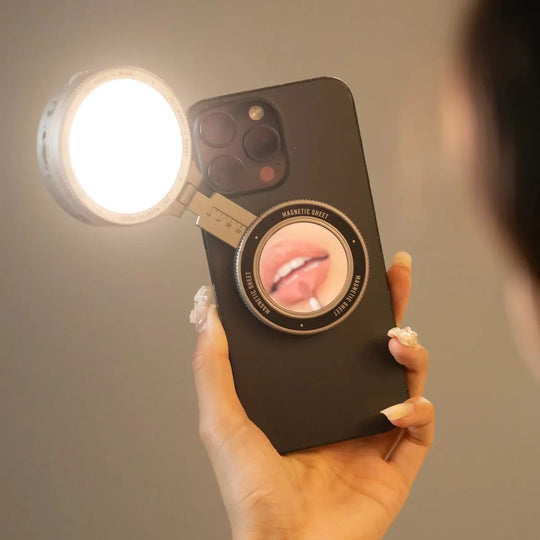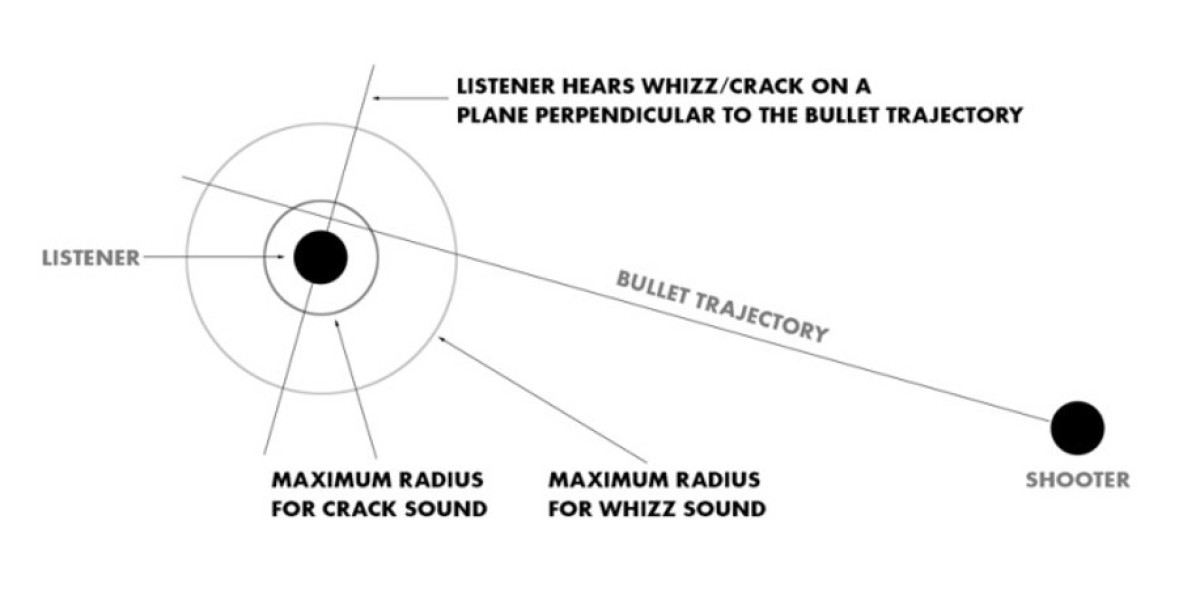Transform Your Content: Unleash the Power of Perfect Lighting!
Lighting plays a crucial role in content creation, significantly impacting the quality of videos and photos. Whether you’re a seasoned professional or just starting out, the right lighting for content creators can elevate your work from ordinary to extraordinary. Many content creators often face challenges such as harsh shadows, unflattering colors, or inconsistent lighting conditions that can detract from the overall production value. These hurdles can be particularly frustrating when trying to convey a specific mood or style in your content. In this article, we will explore various lighting solutions tailored for content creators, helping you to overcome these common obstacles and enhance your creative output.

Understanding the Basics of Lighting
To optimize your lighting setup, it’s essential to understand a few fundamental concepts. First, color temperature refers to the hue of the light source, measured in Kelvin (K). For instance, a light at 3200K emits a warm, yellowish tone, while a light at 5600K produces a cooler, bluish effect. Intensity, on the other hand, describes how bright or dim the light is, which can significantly affect the mood of your content. Additionally, the direction of the light—whether it is coming from above, below, or the side—can create dramatic effects or soft, flattering illumination. By mastering these elements, content creators can manipulate light to achieve a desired aesthetic, setting the stage for compelling visuals.
Types of Lighting Equipment for Content Creators
When it comes to lighting equipment, there’s a vast array of options to choose from. Softboxes are popular for their ability to diffuse light, creating a soft and even illumination that is ideal for portraits and product photography. Ring lights, often favored by beauty vloggers, provide an even halo of light that minimizes shadows on the face, making them perfect for close-up shots. LED panels offer versatility with adjustable color temperatures and intensities, allowing creators to customize their lighting conditions. Natural light, although not a piece of equipment, can also be harnessed effectively, especially during golden hour, but it comes with its own set of challenges, such as unpredictability and limited control. Each type of lighting has its strengths and weaknesses, and understanding these can help creators select the best option for their specific needs.
Choosing the Right Lighting Setup
Selecting the right lighting setup hinges on the type of content you are producing. For instance, if you’re creating vlogs, a simple ring light may suffice, providing flattering light without taking up too much space. However, for tutorials or product demonstrations that require a more polished look, a combination of softboxes and LED panels may be necessary to ensure clarity and detail. Considerations such as your filming space, budget constraints, and the aesthetic you wish to achieve should guide your decision-making process. It’s also worth noting that experimenting with different setups can yield surprising results, allowing you to discover what works best for your unique style.
Lighting Techniques for Different Scenarios
Once you have your equipment, it’s time to implement effective lighting techniques. Three-point lighting is a classic method that involves using three light sources: a key light, fill light, and backlight. This technique creates depth and dimension in your shots, ensuring that subjects are well-lit without harsh shadows. Backlighting can add drama and separation between the subject and the background, making your content visually engaging. Additionally, using reflectors can help bounce light onto your subject, softening shadows and enhancing features. Each of these techniques can be adapted to fit various scenarios, whether you’re shooting indoors or outdoors, and can dramatically improve the quality of your visual content.
Maximizing Your Content Potential with Lighting
In summary, lighting is a vital component of successful content creation that should not be overlooked. Investing in the right lighting equipment and mastering various techniques can significantly enhance the quality of your videos and photos. As you experiment with different setups and lighting styles, you will gain valuable insights into what best complements your creative vision. Remember, great lighting can transform your content and elevate your storytelling, so don’t hesitate to explore the possibilities that await!













